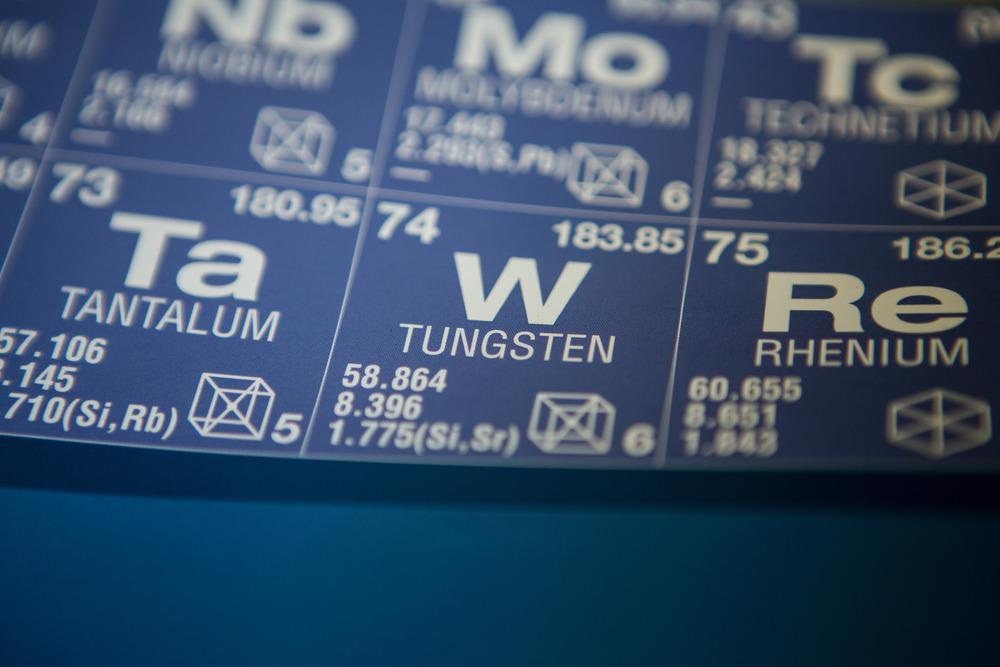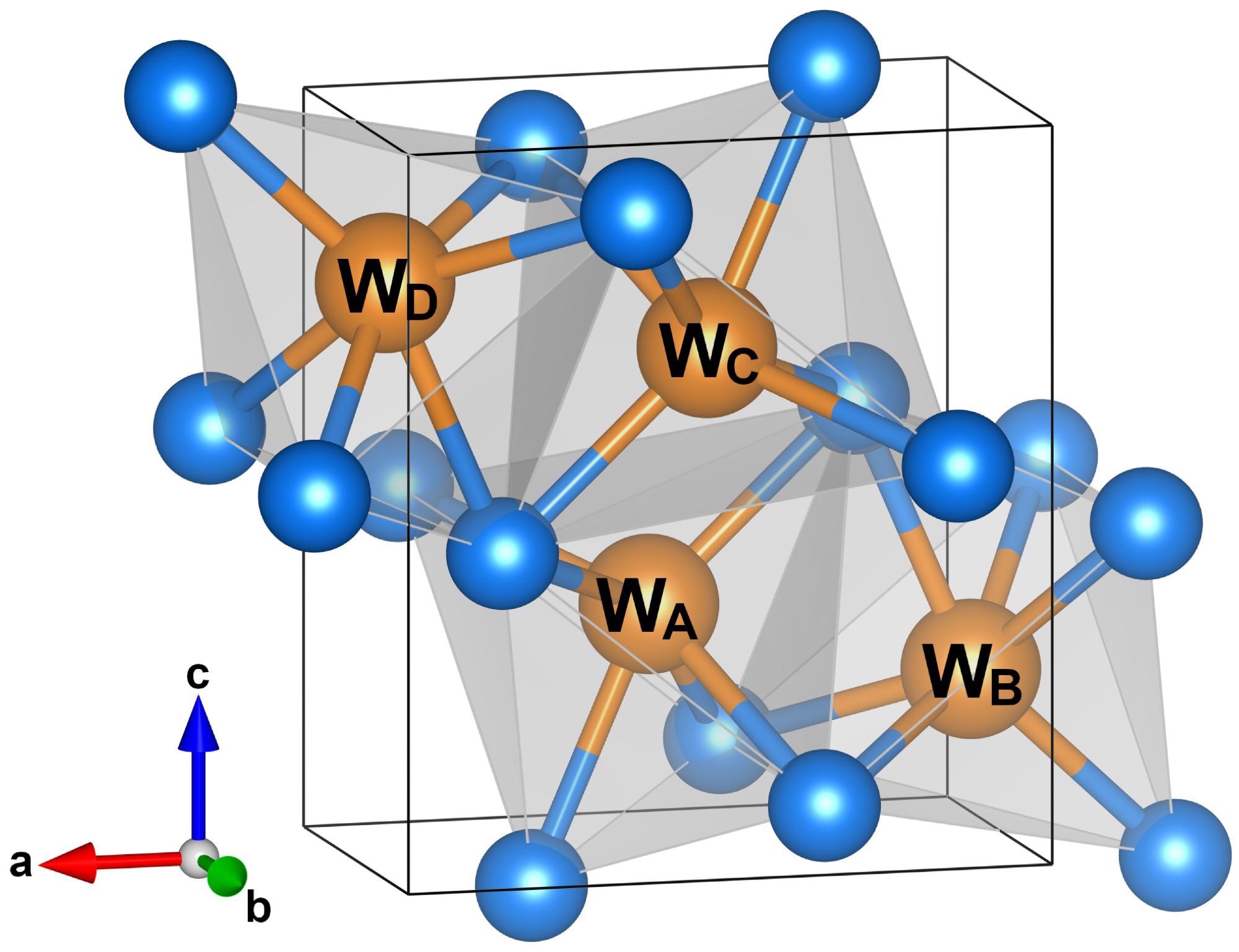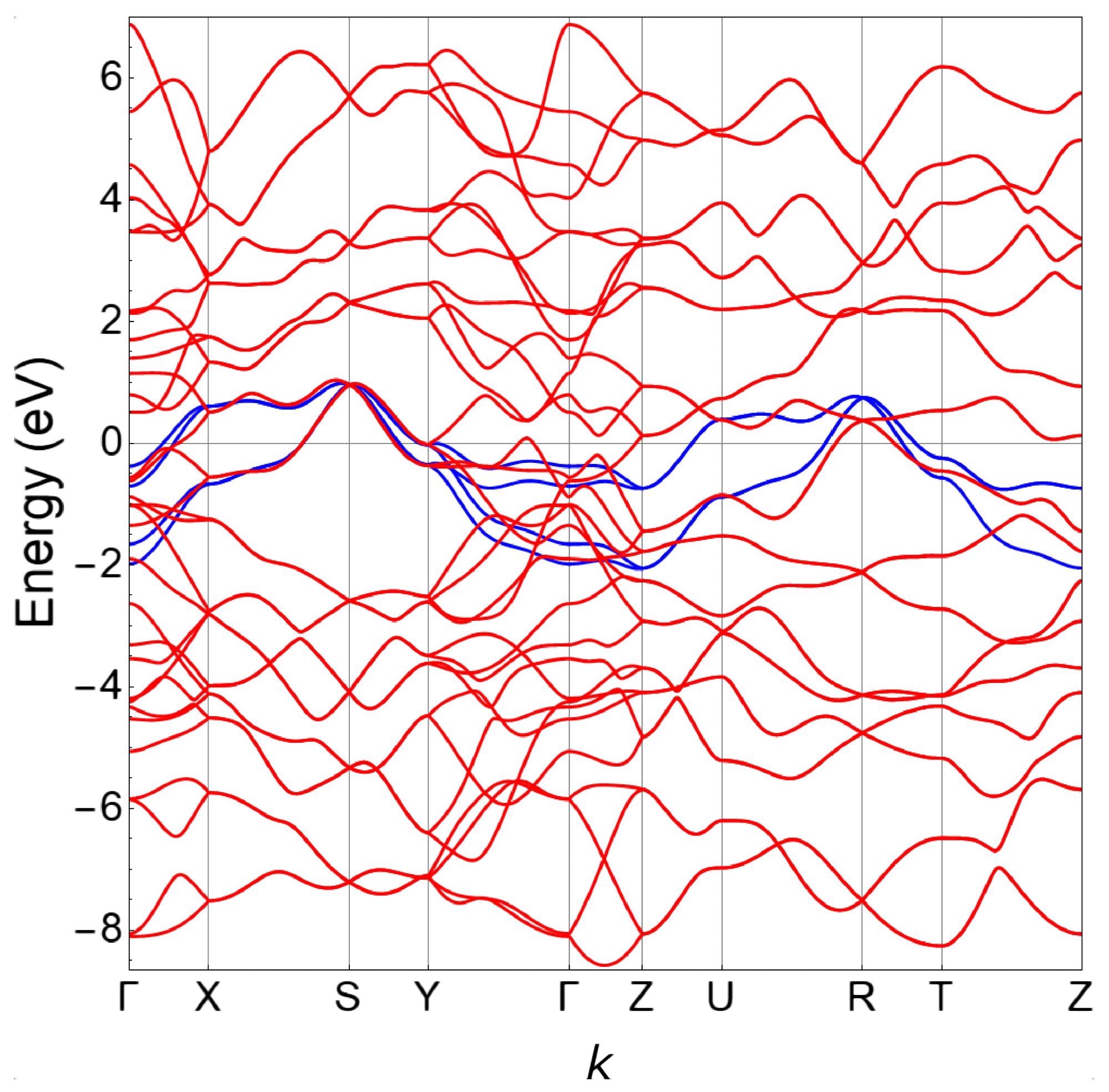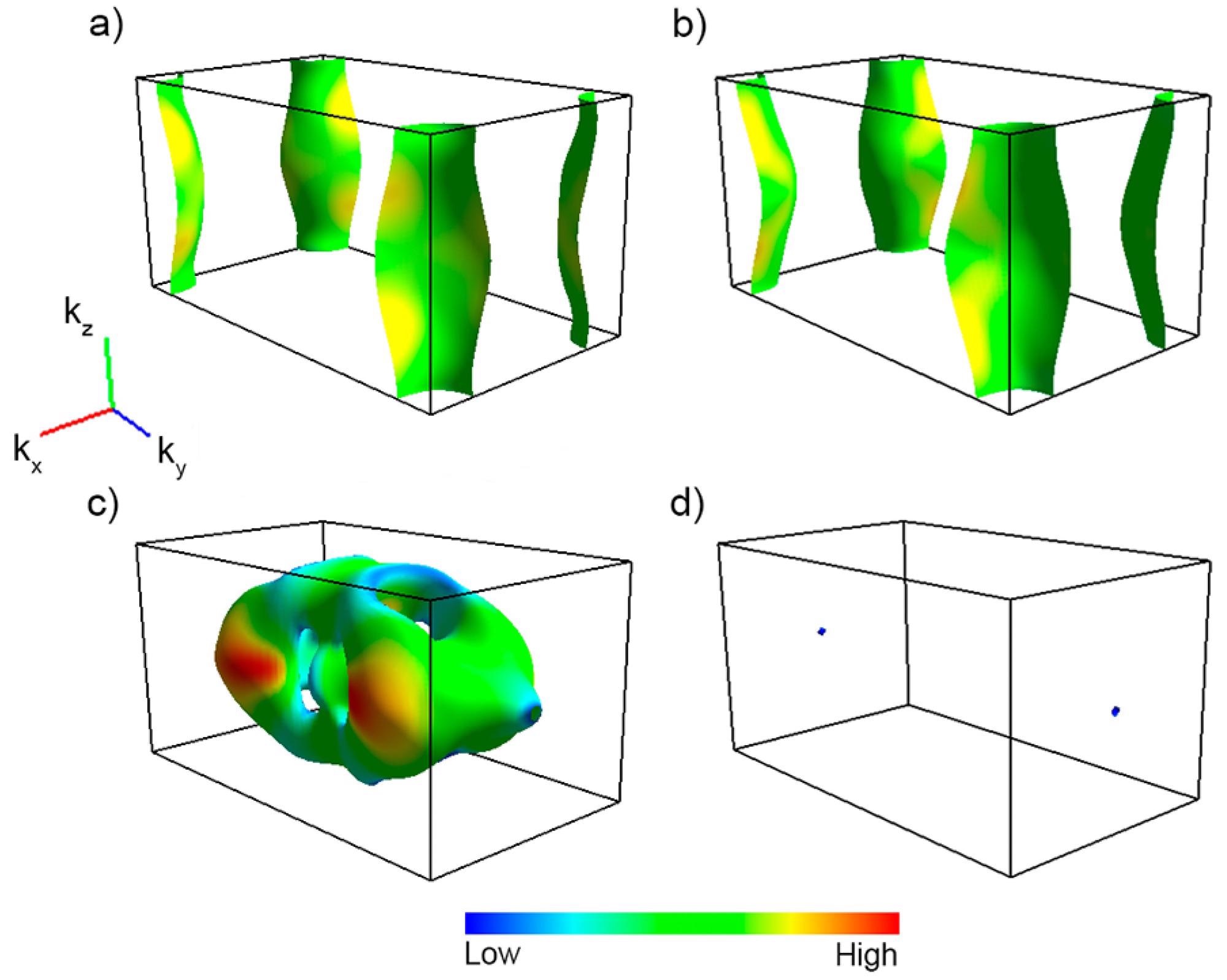In a recent study published in the journal Materials, researchers analyzed various electrical transport properties affecting superconductivity in single-crystal tungsten pnictide (WP). The large anisotropy corresponding to 3D mass anisotropy and W-5d electron condensation contributed to high conductivity in WP under ambient temperature and pressure.

Study: Dimensionality of the Superconductivity in the Transition Metal Pnictide WP. Image Credit: Intothelight Photography/Shutterstock.com
Since the discovery of high-temperature superconductivity of chromium arsenide (CrAs), a pnictide, with an orthorhombic crystal structure under ambient pressure in 2014, many transition metal pnictides (TMP) have garnered a lot of attention for this purpose.
Pressure-Induced Superconductivity in TMPs
The binary TMP has a chemical formula of MX, in which M is a transition metal and X belongs to the group 15 elements, i.e., pnictogens, viz. nitrogen (N), phosphorus (P), arsenic (As), antimony (Sb), and bismuth (Bi). Usually, superconductivity is a sub-zero temperature phenomenon; when the temperature of the material falls below the transition temperature, the magnetoresistance (MR) completely vanishes.
Furthermore, for most materials, MR is directly proportional to the square of the applied magnetic field. However, the MR of pressure-induced superconducting TMP varies linearly with magnetization. Linear MR is most commonly observed in systems with a relatively weak electron-electron correlation and comparatively low carrier density, such as doped semiconductors. For TMPs, the applied external pressure suppresses the antiferromagnetic state that results in pressure-induced superconductivity.
WP, with no long-range magnetic order, is the only known 5d TMP that exhibits superconductivity at 0.84 K and ambient pressure conditions. Moreover, the W-5d electrons exhibit stronger spin-orbit coupling than that of 3d electrons of other TMPs, such as CrAs and MnP.

The orthorhombic crystal structure of tungsten phosphide WP with space group Pnma. Orange and blue spheres indicate W and P ions, respectively, with nonequivalent lattice positions of the W ions labeled as WA, WB, WC, WD. Face-sharing WP6 octahedra are shaded in gray. Image Credit: Nigro, A et al., Materials
About the Study
In this study, researchers analyzed the electronic structure and Fermi surface of WP TMP by employing a tight-binding approach and density functional theory (DFT) to understand the 2D or 3D dimensionality of the pressure-induced superconductivity in single-crystal WP TMP.
Firstly, needle-like high-quality WP single crystals were grown via the chemical vapor transport method. The WP polycrystalline powders and iodine were heated for months in a sealed quartz tube at 1050-1150 °C to obtain WP single crystals. A top-loading Helium-3 refrigerator with a 15 T superconducting magnet was used for the electrical resistance measurements.
The WP single crystals had a MnP-type orthorhombic structure with lattice parameters a = 0.572 22 nm, b = 0.324 34 nm, and c = 0.621 10 nm. Also, W and P had a binary 1:1 stoichiometric composition.

Fit of the DFT bands (red lines) using the tight-binding model (blue lines) along the high-symmetry path of the orthorhombic Brillouin zone. The Fermi level is at zero energy. Image Credit: Nigro, A et al., Materials
Observations
The hopping amplitudes obtained from the tight-binding minimal energy model indicated that the WP had a 3D dimensionality with moderate anisotropic characteristics. Also, the DFT bands were a fit along the high-symmetry direction of the orthorhombic Brillouin zone.
The energies of 3p electrons of P were in the range of -8.5 to -6 eV, whereas 5d electrons of W had energy in the range of -6 to 4 eV. Moreover, above 4 eV there was mixing between P-3p, P-4s, and W-6s electron states, evidencing a strong hybridization, especially close to the Fermi level.
The DFT calculations for both normal state and superconducting WP revealed that Fermi surface with a 3D electron-like branch around the center of the Brillouin zone and two hole-like 2D curve sheets centered around the SR high-symmetry line. Also, WP had a larger 3D anisotropy in the normal state than anisotropy in the superconducting phase owing to the larger contribution of the 3D electron-like branch compared to the hole-like 2D sheets.
The study of fluctuation in superconductivity near transition temperatures revealed that the fluctuation conductivity obeyed the 3D lowest Landau level (LLL) approximation, and the order of the field was 4mT. Also, a large Ginzburg number of 10-8 indicated high critical temperatures and a large anisotropy parameter.

Fermi surface of WP in the first Brillouin zone with spin-orbit coupling. In panels (a–d) we show the contributions of the four different bands that cut the Fermi level. The color code denotes the Fermi velocity. Image Credit: Nigro, A et al., Materials
Conclusions
In summary, the researchers studied the dimensionality of pressure-induced superconductivity of WP single-crystal TMP using the tight-binding approach and density functional theory (DFT). The larger 3D electro-like branch at the center of the Brillouin zone, a large Ginzburg number, hybrid spin-orbit coupling of W-5d electrons, and an effective suppression of antiferromagnetic phases resulted in a 3D anisotropic superconductivity for the WP TMP.
Disclaimer: The views expressed here are those of the author expressed in their private capacity and do not necessarily represent the views of AZoM.com Limited T/A AZoNetwork the owner and operator of this website. This disclaimer forms part of the Terms and conditions of use of this website.
Source:
Nigro, A., Cuono, G., Marra, P., Leo, A., Grimaldi, G., Liu, Z., Mi, Z., Wu, W., Liu, G., Autieri, C., Luo, J., Noce, C. Dimensionality of the Superconductivity in the Transition Metal Pnictide WP. Materials, 2022, 15, 1027. https://www.mdpi.com/1996-1944/15/3/1027